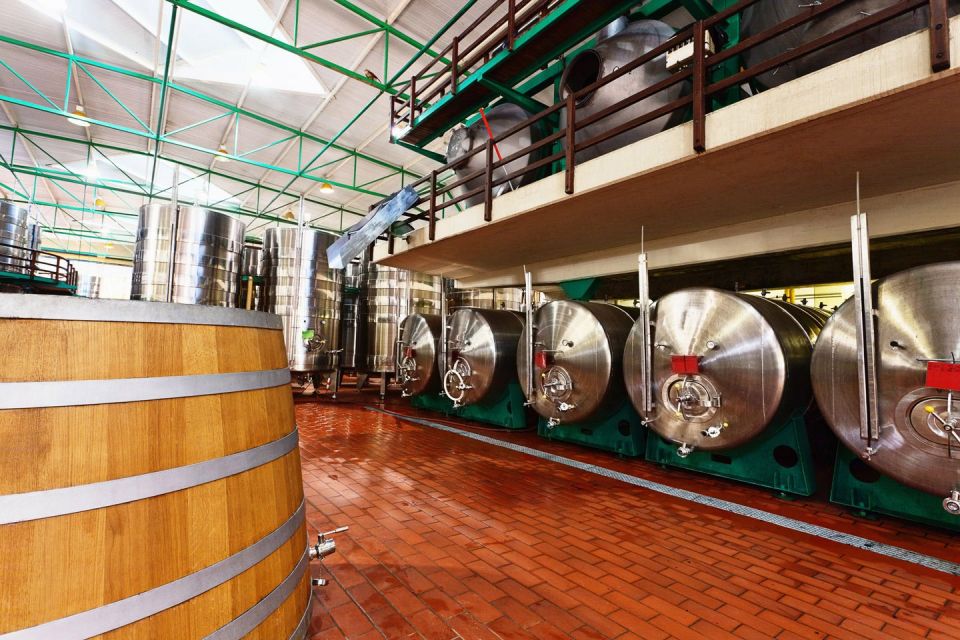Hydrogels are gelatinous amalgams of cross-linked polymers that can absorb and hold large quantities of water. Their uses vary widely. Certain hydrogels form the absorbent layer in disposable diapers, while others form the gentle curve of soft contact lenses.

Stanford researchers have invented a new process for making hydrogels, a versatile class of materials with many uses, including wine-making. (Image credit: iStock/Rapid Eye)
Hydrogels derive their versatility from the fact that their basic ingredients can be tuned or formulated to provide varying degrees of stiffness and porosity. In the medical realm, for instance, some hydrogels serve as dressings to keep wounds moist and clean, while other formulations are used inside the body as sustained drug delivery systems.
Were it not for factors including high manufacturing costs, hydrogels could find even broader commercial application. The synthetic polymers now used for their production are often expensive or difficult to make on an industrial scale, and frequently present environmental and safety concerns. But those limitations may soon vanish. Writing in the Proceedings of the National Academy of Sciences, a team led by Eric Appel, an assistant professor of materials science at Stanford, and doctoral candidate Anthony Yu describe how to make a new generation of hydrogels based on abundant natural materials.
The new hydrogels incorporate two abundant and inexpensive basic ingredients. One is a cellulose polymer derived from natural sources such as wood chips and agricultural waste. The other is colloidal silica: a liquid suspension of nanoscale particles derived from sand.
“When we mix the cellulose and silica together, we get a stable gel,” Appel said. “By altering the formulations, we can tune across an enormous range of mechanical properties. It’s not a knife-edge scenario – not a ‘gel’ or ‘no gel’ situation. Instead, you can get a whole continuum of gel states that can be useful for different applications.”
The simplicity of the process developed by the Stanford-led team should enable the production of hydrogels at industrial volumes, promising to break the current cost barrier and make these materials useful in a host of new applications in food and beverage manufacturing as well as other fields.
In their paper, the authors describe testing their invention in two very different applications: cleaning pipes in commercial wineries and dispersing wildfire retardants.
Clean pipes
Appel explained that wineries must pump their liquid product from vats to barrels to bottles. One challenge is that after each step, product remains in the transfer pipes, which must also be cleaned. Currently, water is used to flush out any wine remaining in the pipes, a matter of concern in drought-prone California. Most of this wine remnant must be discarded because it becomes diluted with the water.
“Up to 2 percent of product is lost by wineries during production, much of it during transfers,” Appel said.
His team members worked with Bronco Winery in Ceres, California, on a test. They used a special formulation of their hydrogel instead of water to flush out pipes filled with grape juice. Because the hydrogel did not mix with the juice, there was virtually no product loss. “And because the hydrogel is composed of materials that are food grade – cellulose and colloidal silica are both used in the food industry – there were no odor or taste issues,” Appel said. The hydrogel also cleaned the pipe at the same time.
“This reduction in both product losses and (use of) process water is what makes this hydrogel such an attractive material for winery operations,” added Paul Franzia, engineering and environmental affairs manager at the Bronco Winery and a co-author on the research paper.
Fire control
Appel’s team also worked with Jesse Acosta, a natural resource management specialist at California Polytechnic State University, San Luis Obispo, to test the new formulation in fighting fires.
Modern wildfire fighting is predicated on the use of retardants: slurries of water and chemicals dropped by aircraft to extinguish flames and slow burn rates. With wildfires increasing in frequency and size across North America due to climate change, demand for retardant is skyrocketing. But Appel said certain retardants contain chemicals that contaminate groundwater, and many are easily rinsed off by subsequent air drops of water, limiting the tactical approaches fire crews can take to fight fires.
In a bid to do better, Appel’s team mixed its hydrogel with a widely used fire retardant and found that the mixtures coated the fuels for far longer than the standard retardant and protected the retardants from being washed away with a subsequent water treatment. And their hydrogel-enhanced retardant had other advantages.
“These hydrogels can be dropped from a greater range of heights with less drift and evaporation,” Appel said. “And because it’s non-toxic there are no contamination issues with streams or aquifers.”
“This paper solves real-world problems,” wrote Craig Hawker, the co-director of the Materials Research Lab at the University of California, Santa Barbara, and one of the peer reviewers of the PNAS paper.
Appel’s team at Stanford is currently conducting larger-scale testing of these materials and processes to improve their commercial potential. They are also developing new formulations of these materials for other applications, such as additives in cosmetic manufacturing and as lubricants for oil or water drilling operations.
Media Contacts
Eric Appel, Materials Science and Engineering: (650) 498-9155, eappel@stanford.edu